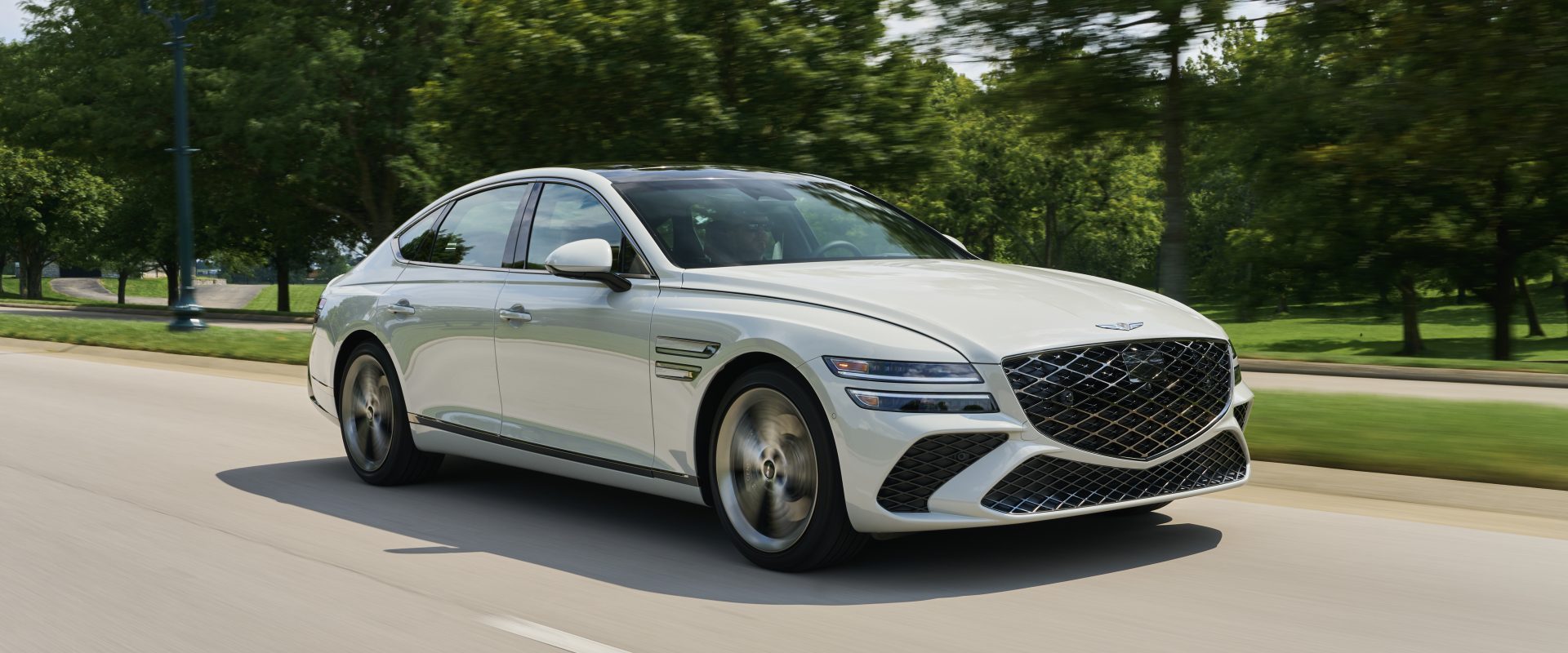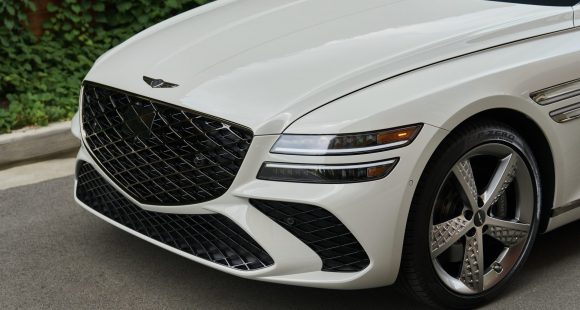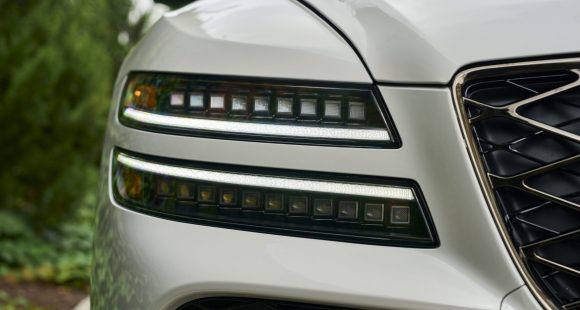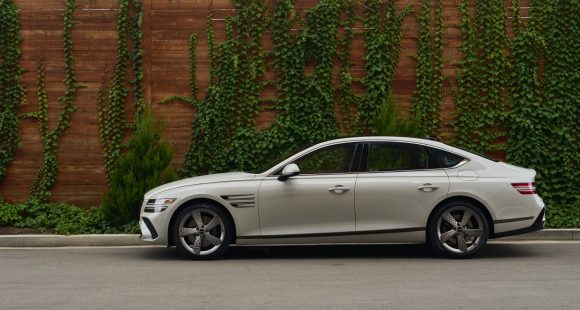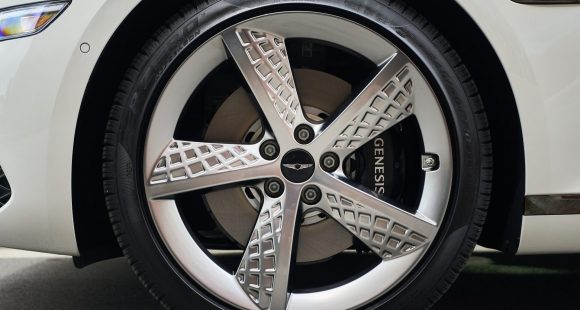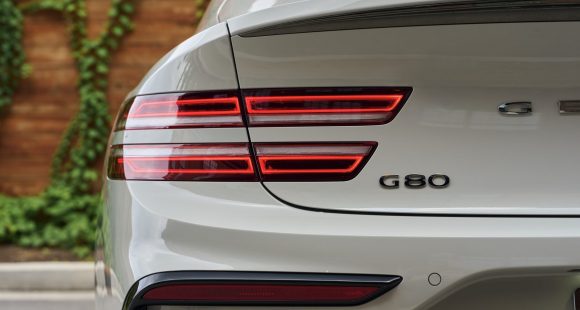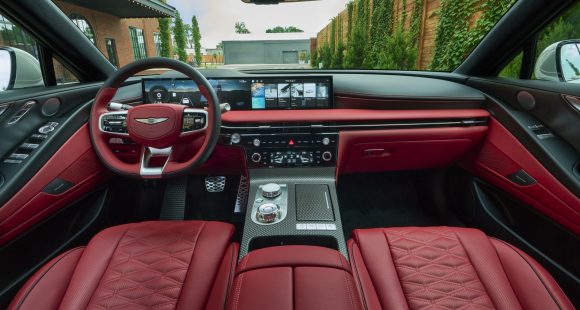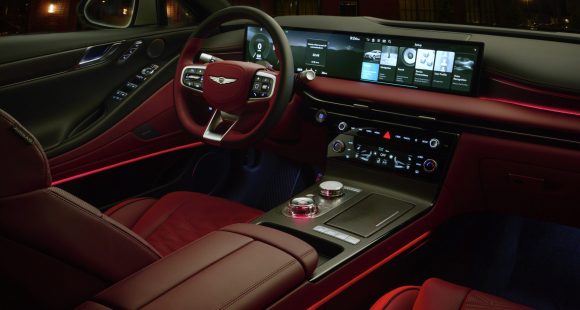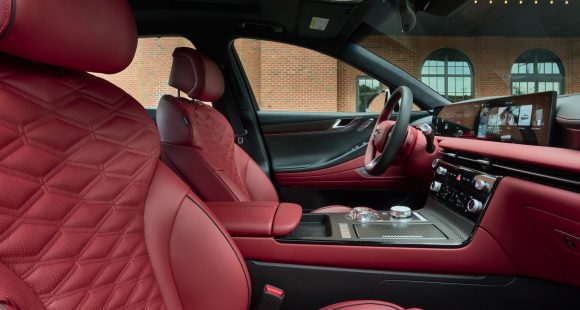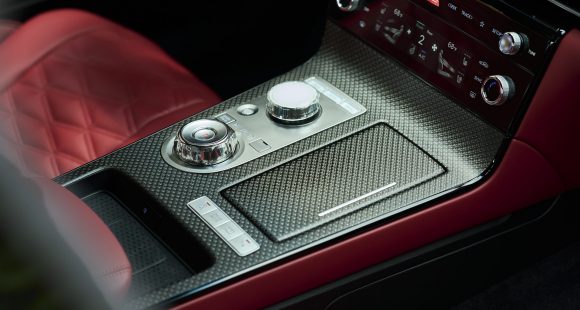2022 Chevrolet Bolt EUV
One Of The Best Bargains In Green Motoring
There’s no denying, the Chevrolet Bolt, when it arrived for 2017, was a true game-changer; delivering real-world range to the masses like no EV before it. It only makes sense that GM would want to spread the love into the SUV category, it just took a little longer than we were expecting, but the Chevrolet Bolt EUV is finally here!
First thing to know about the 2022 Chevrolet Bolt EUV is that it’s essentially just a slightly bigger version of the pioneering Bolt EV. It’s 6.3-inches longer; but more importantly, there’s an additional 3-inches of wheelbase, which provides more space inside.
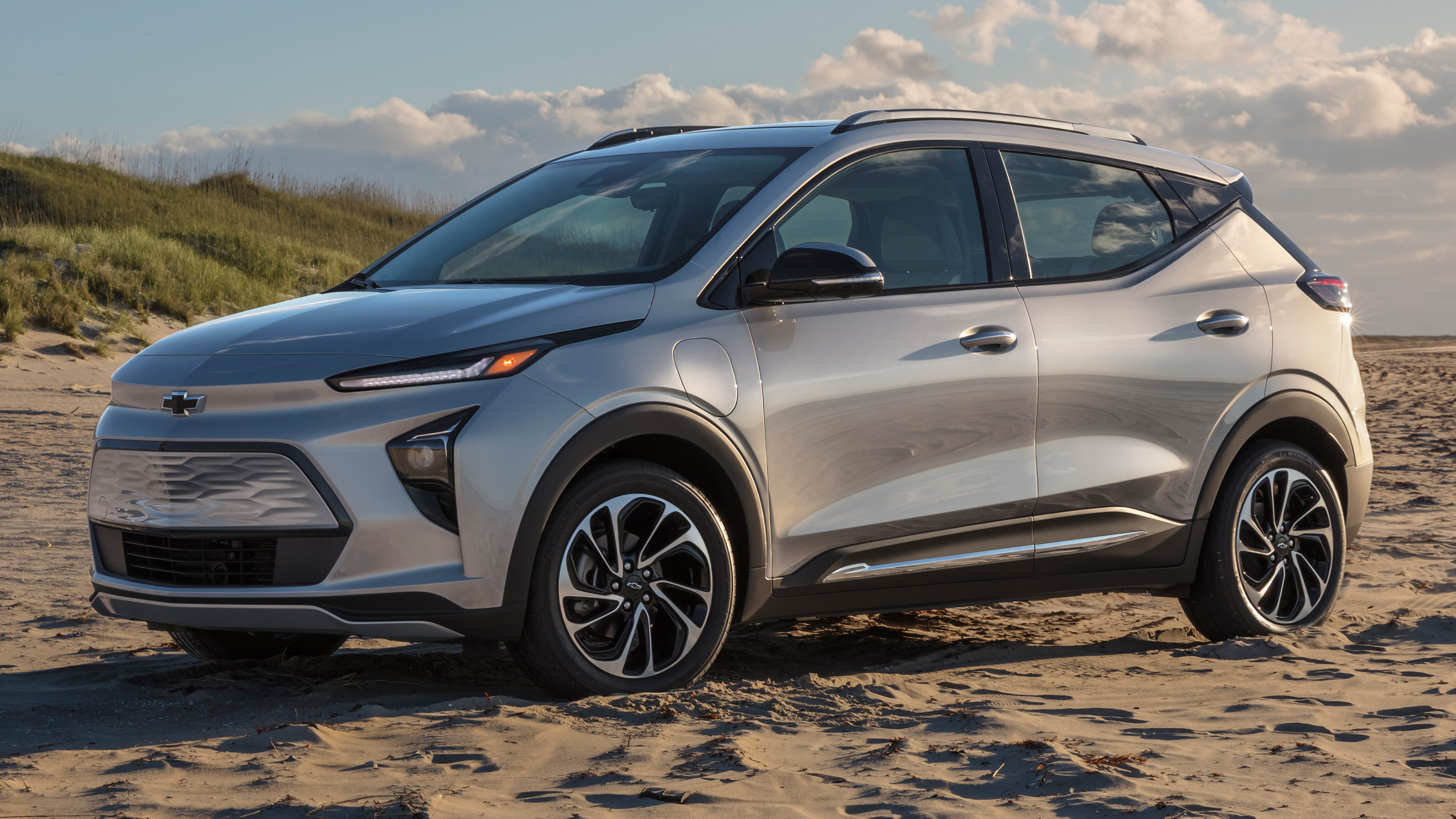 Second thing to know is there’s no all-wheel-drive; so, it’s more of an urban utility vehicle, designed with the space and comfort to make daily tasks and weekend errand running easier. So, it’s not a utility intended to get you far off the beaten path.
Second thing to know is there’s no all-wheel-drive; so, it’s more of an urban utility vehicle, designed with the space and comfort to make daily tasks and weekend errand running easier. So, it’s not a utility intended to get you far off the beaten path.
Back when we first tested the Bolt EV, we felt that it was very utility-like; now of course the EUV has made it even more so; though oddly enough, all of that additional room goes strictly to rear seat passenger legroom, as cargo space is actually a tick less in the EUV at 16.3 cubic-ft., down from 16.6. And you can tell rear passenger comfort was the EUV’s priority. While it shares the same basic profile shape, the rear doors are noticeably longer. But, the EUV brings a lot more than just additional rear seat legroom; it arrives with a load of updates, many shared with the Bolt EV.
The hood, as well as both front and rear fascias, have been tweaked slightly, headlamps are updated, and there are new wheel choices. Inside, there’s a new dash with updated infotainment touchscreen that’s now 10.2-inches, as well as a different control layout. While the center console now rises to meet the dash, and replaces the shifter with a row of buttons including a new one for 1-pedal driving. The EUV was also the first non-Cadillac to have SuperCruise available; in top Premier trim naturally. Though it’s still an older generation than currently available to Caddy buyers, so no 1-touch lane changes.
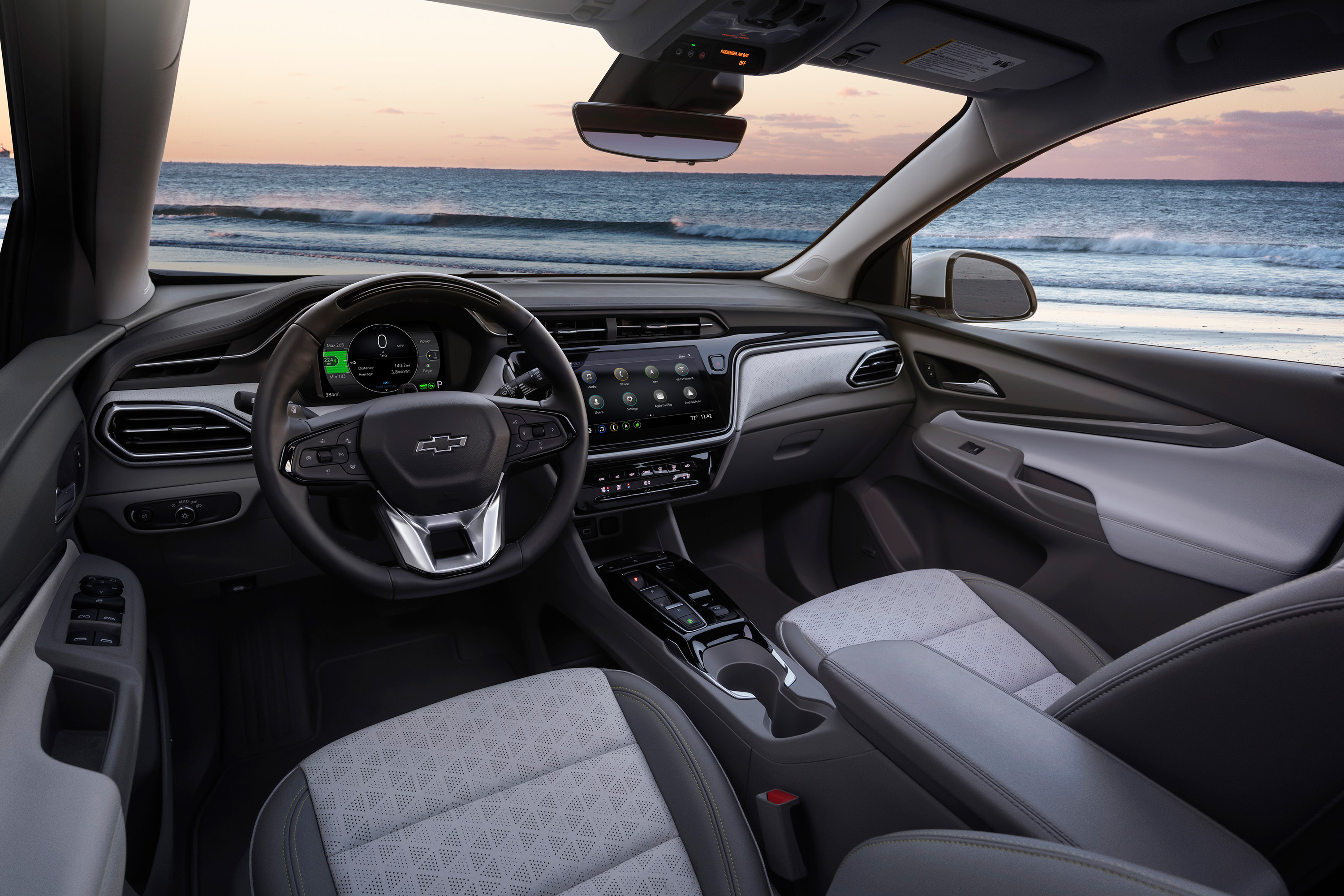 Premier trim also includes leather seating, surround view camera, and heated steering wheel; though wireless phone charging is standard on all. And due to customer demands, a sunroof is available in the EUV, as part of a Sun and Sound package that includes navigation and Bose premium audio.
Premier trim also includes leather seating, surround view camera, and heated steering wheel; though wireless phone charging is standard on all. And due to customer demands, a sunroof is available in the EUV, as part of a Sun and Sound package that includes navigation and Bose premium audio.
The EUV does share the EV’s powertrain, and as you may have heard, all Bolts were recalled and EUV production was held up due to potential fire concerns with the LG-supplied battery. But, that has since been rectified, and GM added a little range to all Bolts for good measure.
The EUV is officially rated for 247-miles of range, which seems more than reasonable as we were on track for 270 miles before recharging. Its efficiency score is also quite efficient at 29 kWh/100 miles. That 247-mile range is actually 9 miles more than the Bolt EV had when it debuted, and its range has also increased from 238 to 259-miles.
No changes for the front-mounted 150-kW motor, as it outputs the same 200-horsepower and 266 lb-ft. of torque here in the EUV. The EUV’s bigger size equates to a slightly slower 0-60 time of 7.2-seconds; but it still feels quite peppy compared to traditional small ICE crossovers. Still, keeping the accelerator pinned for the entire ¼-mile is not exactly thrilling, as power delivery stays more moderate than aggressive; but the hyper-responsive steering does keep things interesting. Our best pass was 15.7-seconds at 90 miles-per-hour.
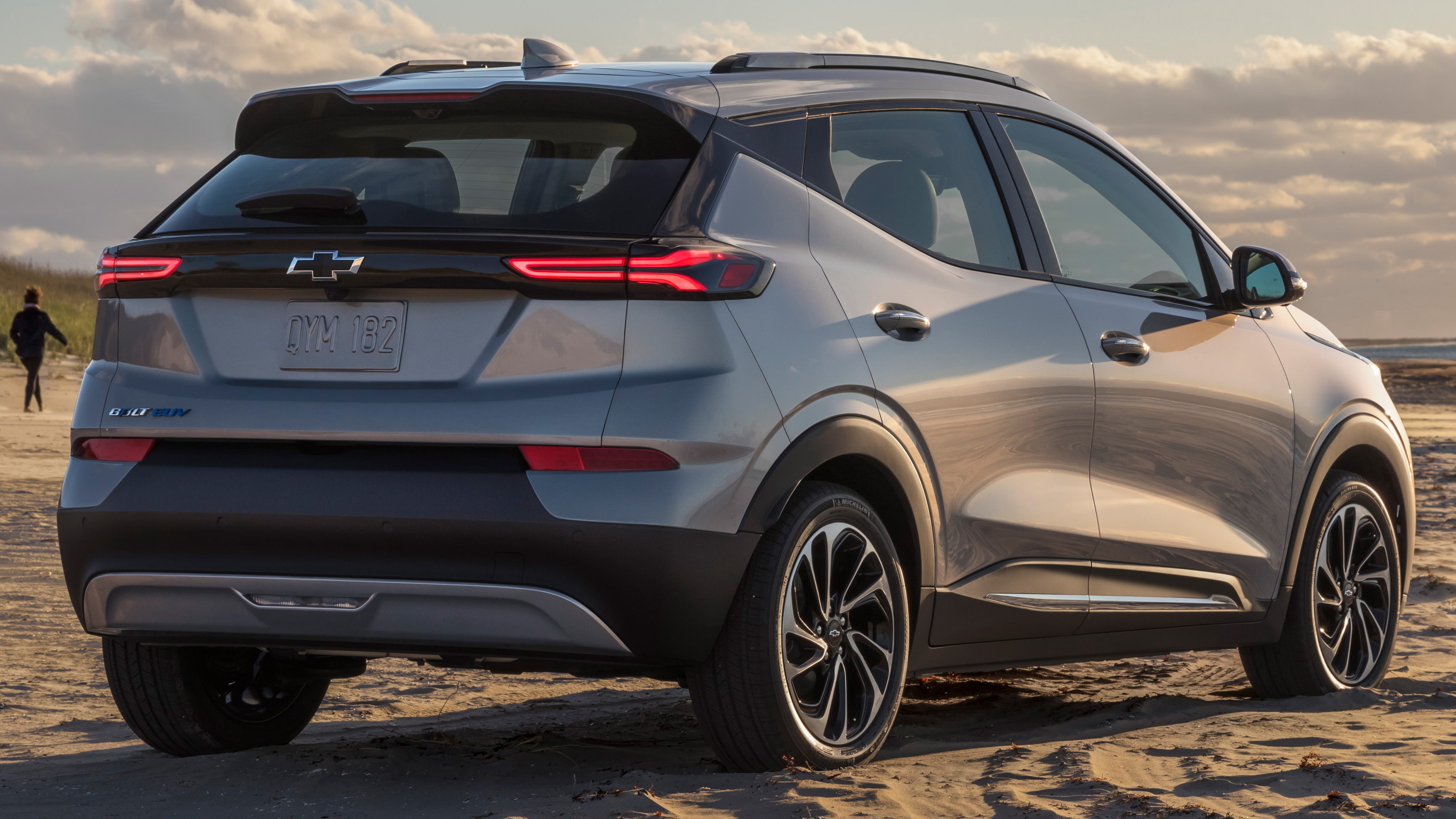 The Bolt EV was an adequately fun car to dart around traffic in, but when pushed to its limits would understeer quite a bit. The longer wheelbase of this EUV doesn’t seem to have improved on that, and there appears to be a little more body roll here too. Not much about the handling experience screams “sport-tuned” but the low-mounted weight of the batteries still lends a solid overall feel, and steering weight was actually quite good. Panic braking stops from 60 averaged a longish 120-feet, with significant nose dive, and lots of ABS pedal pulsing.
The Bolt EV was an adequately fun car to dart around traffic in, but when pushed to its limits would understeer quite a bit. The longer wheelbase of this EUV doesn’t seem to have improved on that, and there appears to be a little more body roll here too. Not much about the handling experience screams “sport-tuned” but the low-mounted weight of the batteries still lends a solid overall feel, and steering weight was actually quite good. Panic braking stops from 60 averaged a longish 120-feet, with significant nose dive, and lots of ABS pedal pulsing.
Things really get interesting when it comes to EUV pricing, with the base LT starting at just $28,195; that’s less than the Bolt cost 5-years ago when it debuted; so naturally Bolt EVs get a corresponding price cut to just $26,595 to start.
The Chevrolet Bolt EUV surely won’t grab as much attention as the Hummers, Mach Es, and Teslas of the EV world. But we think it is still one of the best all-around, everyday EVs out there; and certainly, a clear bargain when it comes to green motoring. And we’re going to need a lot more entry-level EVs like the Bolt EV and this EUV if society is truly serious about wanting an all-electric driving future.
Specifications
- Battery: 65.0-kWh
- Motor Setup: Single Front Mounted 150kW
- Horsepower: 200
- Torque: 266 lb-ft
- 0-60 mph: 7.2 seconds
- 1/4 Mile: 15.7 seconds at 90 mph
- 60-0 Braking: 120 feet (avg)
- EPA: 247 miles
- MW Range: ~ 270 miles
- MW Efficiency: 29 kWh/100 miles
2025 Genesis G80
New Interior And New Tech Elevates G80 Sedan
Talk about bad timing. This second-generation G80 debuted at the height of a global pandemic. But that hasn’t stopped Genesis or this Bentley-on-a-budget sedan. In fact, since then, Genesis has unveiled a spectacular all-electric version and now given all G80s a makeover. So, let’s find out what a better and better-timed new G80 is ready to deliver.
Breaking into the luxury sedan scene requires going up against traditional brands with long pedigrees and legions of loyal buyers. But Hyundai has never shied away from a challenge, and has made steady progress with their Genesis brand, and hopes that a revised 2025 G80 midsize sedan will be their next step up.
Styling matters more when you’re the upstart, and the Genesis Athletic Elegance theme changes very little for ’25; just a new grille, slightly reshaped bumpers, new wheels ranging from 18 to 20 inches, and an updated color palette. The G80’s unique two-line LED headlamps get revised Micro Lens Array technology that boosts performance while minimizing the brightness for oncoming drivers.
Changes inside are much more significant with an entirely new dash and console, eliminating both the hooded gauge panel and dashtop wide info screen. Merging them together into one 27-inch wide LG panoramic display than runs from behind the steering wheel to over the center stack. There’s a bigger and more comprehensive control panel in the center stack; while the console gets less armrest coverage, more space for storage, and reshaped cupholders. The wider display is still a touchscreen, but there is also a console mounted controller if you prefer to keep it fingerprint free. Both options work well, but the controller is still too easy to confuse with the dial-like shifter.
Materials are on par if not a notch above most European luxury rivals, and there are 18 speakers to crank out 1,400 watts of premium sound from Bang & Olufsen. Top Sport Prestige trim comes with Nappa leather seats, carbon fiber trim, micro-suede materials for the headliner and pillar covers, heated armrests, head-up display, and upgraded active safety features. Front seats are immensely comfortable without feeling overly soft, and there’s plenty of comfort and room for adults in the back seat.
More Bentley than Benz; streaking down the track with European-style solidity that gives you very little indication of the high speed you’re traveling at.
Same powertrains as last year. Base power comes from a 300-horsepower 2.5-liter turbo-four; the upgrade is this 3.5-liter twin-turbo V6 that outputs 375 horsepower and 391 lb-ft of torque. Both are hitched to standard all-wheel drive. At our Mason Dixon Dragway test track, the AWD delivered enough grip for consistent slip-free launches. We hit 60 in 5.0 seconds flat. Run after run, the 3.5T pulled as strong as it sounds. All G80s work with the same paddle-shift eight-speed automatic transmission, and while shifting was silky smooth on the street, here on the track with Sport Mode and wide-open throttle they were noticeably firmer and quicker.
It was a very surreal experience in the cabin. More Bentley than Benz; streaking down the track with European-style solidity that gives you very little indication of the high speed you’re traveling at. For us, that was 105 mph in 13.4 seconds at the quarter. In addition to the G80’s Sport Mode that tightens steering, improves throttle response, adjusts shifting points, firms up the suspension, and reconfigures stability system parameters; Sport Prestige trim adds rear-wheel steering and an electronic limited slip differential. But, even with all of that, it didn’t feel overly sporty in our handling course. Now, we were able to comfortably carry quite a bit of speed through the cones, but there was just an overall soft, somewhat disconnected and heavy presence that had us unsure of how hard we could push. Sport Prestige also adds upgraded performance brakes. They were plenty capable, bringing this 4,600-lbs. luxury liner consistently down from 60 in just 104 feet with little fade.
Government Fuel Economy Ratings for the six-cylinder are 16 City, 24 Highway, and 19 Combined. We averaged a good 21.3 mpg of Premium. Still, that’s a slightly below average Energy Impact Score, using 15.7 barrels of oil annually with 7.8 tons of CO2 emissions.
Considering the amount of luxury packed into the G80, its $58,350 starting price, even though slightly higher than last year, remains pretty remarkable. It’s a substantial step up to the 3.5T though, as it begins at $70,850.
Genesis has existed as a standalone luxury brand for just less than a decade, and it has indeed been making steady progress into what is surely the hardest segment of all to master. The 2025 Genesis G80 sedan continues to impress and is a great option for luxury-minded buyers who prioritize true value over badges.
Specifications
As Tested
- Engine: 3.5-liter twin-turbo V6
- Transmission: eight-speed automatic
- Horsepower: 375
- Torque: 391 lb-ft
- EPA: 16 City | 24 Highway | 19 Combined
- 0-60 mph: 5.0 seconds
- 1/4 Mile: 13.4 seconds at 105 mph
- Braking, 60-0 (avg.): 104 feet
- MW Fuel Economy: 21.3 mpg (Premium)







